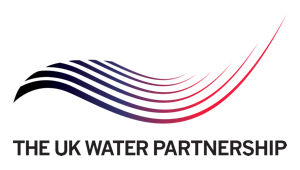How can water contamination by hydrocarbons and VOCs be detected instantly?
The challenge
Early detection of contamination from fuels, oils and volatile organic compounds (VOCs) is vital in the water sector. Water treatment plants intakes need to be shut before damage is done to expensive equipment. Constant monitoring is needed to prevent contaminated industrial wastewater leaking entering rivers and waterways, thus avoiding fines and clean-up costs. Drinking water also needs to be protected from potential carcinogens such as trihalomethanes (THMs)

 The Water Security Knowledge Exchange Portal supports the objectives of the
The Water Security Knowledge Exchange Portal supports the objectives of the 